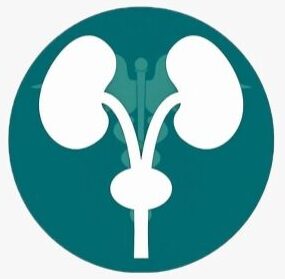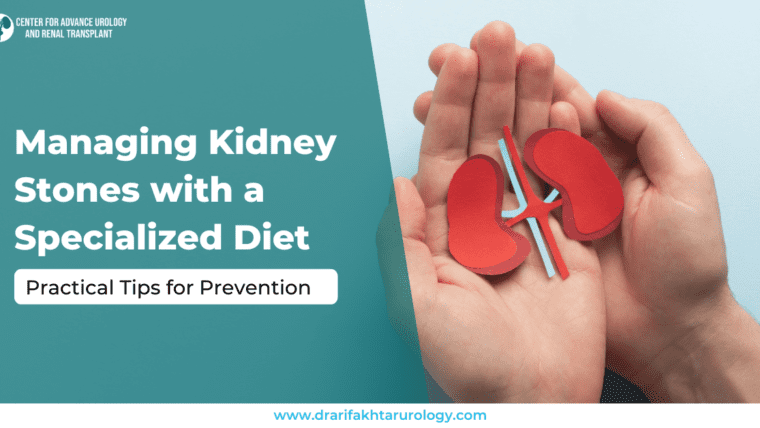Kidney stones are small, hard deposits made of minerals and salts that form inside the kidneys. They can be extremely painful and can cause discomfort and distress to those who suffer from them. If you suspect you have a kidney stone, it is important to get a proper diagnosis so that you can receive the appropriate treatment. In this article, we will discuss the various diagnostic tests and procedures that doctors use to diagnose kidney stones.
Diagnostic Tests and Procedures for Kidney Stones:
Blood Testing:
Blood tests are often the first diagnostic tests that doctors will perform if they suspect that you have a kidney’s stone. Blood tests can reveal too much calcium or uric acid in your blood, which are common indicators of kidney stones. These blood test results can help monitor the health of your kidneys and may also lead your doctor to check for other medical conditions that could be contributing to your symptoms.
Urine Testing:
Urine testing is another common diagnostic test for kidney’s stones. The 24-hour urine collection test is often used to determine if you are excreting too many stone-forming minerals or too few stone-preventing substances. For this test, your doctor may request that you perform two urine collections over two consecutive days. These urine samples will be analyzed to determine the composition of any kidney stones that you may have.
Imaging Tests:
Imaging tests are often used to diagnose kidney’s stones. These tests can show the size, location, and number of stones that are present in the urinary tract. Some of the most common imaging tests used to diagnose kidney stones include:
High-speed or dual energy computerized tomography (CT) scan: This is a quick and noninvasive imaging test that uses X-rays to produce detailed images of the kidneys, ureters, and bladder. This test can detect even small stones that may be missed by other imaging tests.
Ultrasound: This is another noninvasive imaging test that uses high-frequency sound waves to create images of the kidneys and urinary tract. This test is quick and easy to perform and does not involve exposure to ionizing radiation.
Simple abdominal X-rays: This type of imaging test is used less frequently than other imaging tests because it may miss small kidney stones. However, it is a quick and easy test to perform and can be useful in certain situations.
Analysis of Passed Stones:
If you pass a kidney stone, your doctor may ask you to collect the stone and have it analyzed in a laboratory. The analysis of passed stones can provide important information about the composition of the stone, which can help your doctor determine what is causing the stones to form and develop a plan to prevent future stones.
FAQs
What are the symptoms of kidney stones?
The symptoms of kidney stones can vary, but some of the most common symptoms include severe pain in the back, side, or groin, nausea and vomiting, and blood in the urine.
How are kidney stones treated?
reatment for kidney stones depends on the size and location of the stone, as well as the severity of your symptoms. Some common treatments for kidney stones include pain relief medication, drinking plenty of fluids to help flush out the stone, and in some cases, surgery to remove the stone may be necessary.
Can kidney stones be prevented?
Yes, there are steps you can take to reduce your risk of developing kidney stones, such as drinking plenty of water, avoiding foods high in oxalate, and limiting your salt and animal protein intake.
Conclusion
If you suspect that you have a kidney stone, it is important to seek medical attention to get a proper diagnosis. Diagnostic tests and procedures such as blood tests, urine tests, imaging tests, and analysis of passed stones can help determine the presence, size, and location of the stone. With an accurate diagnosis, your doctor can develop an appropriate treatment plan to help relieve your symptoms and prevent future kidney stones from forming. Remember, taking steps to prevent kidney stones in the first place, such as staying hydrated and making dietary changes, can also help you avoid this painful condition altogether.




